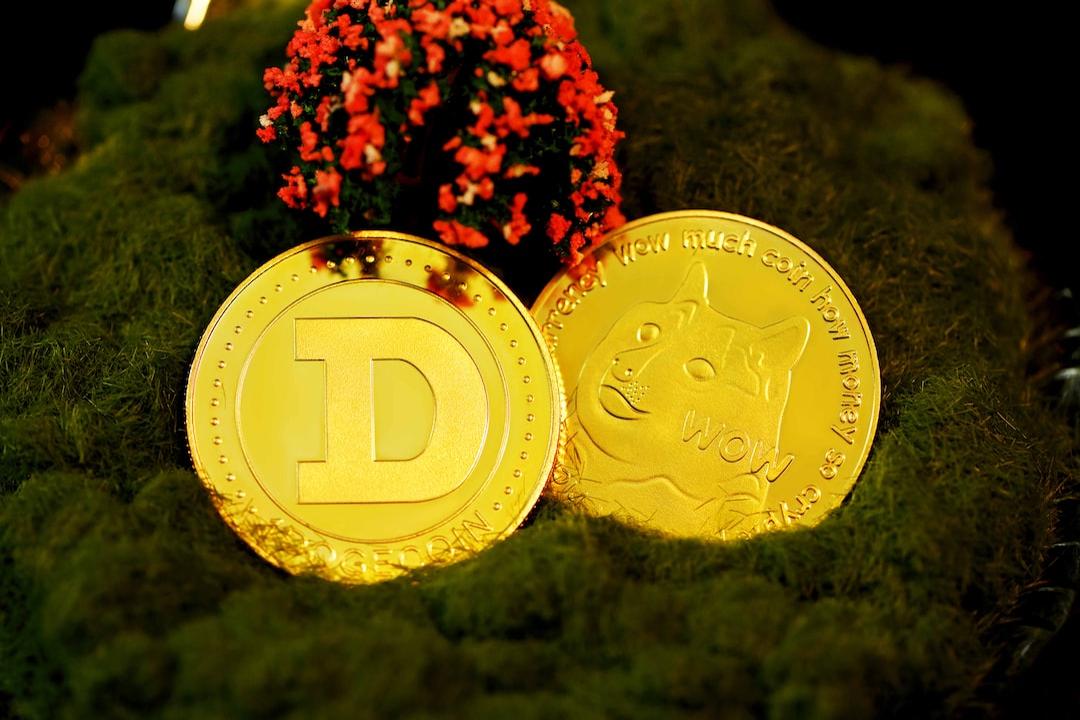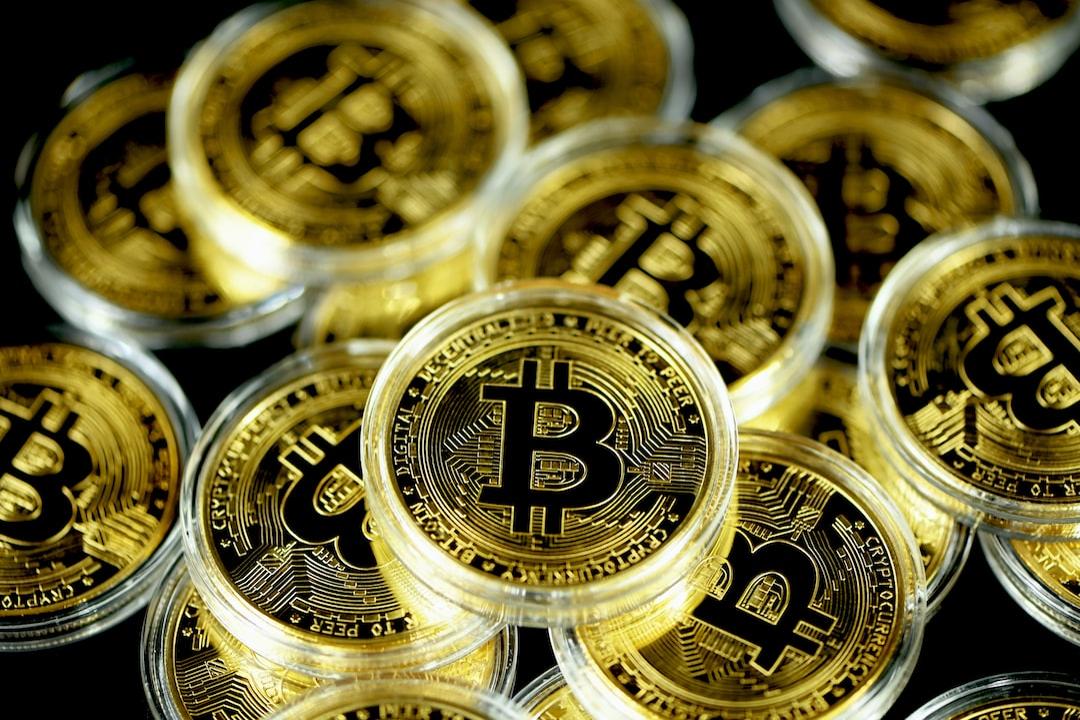Stablecoin Market Continues to Expand, Hitting New Market Caps, While Crypto Market Shows Divergence
The stablecoin market continues to expand, reaching new all-time highs in market capitalization; however, the total market capitalization of Crypto has shown divergence, drawing market attention. This article will explore the changing relationship between stablecoins and the Crypto market, the flow of funds, and the new role of stablecoins in the real economy, analyzing their future impact.
(Background: How should we view the Financial Supervisory Commission’s version of the “Crypto Special Law” draft? Banks issuing TWD stablecoins? Public comments are welcome online.)
(Supplementary Background: Fidelity will launch its own stablecoin to compete with USDT and USDC; CZ is optimistic: the more stablecoins, the better.)
According to data from DefiLlama, the market capitalization of stablecoins reached a historical high last week, surpassing $234.6 billion. Compared to the low of $124 billion in August 2023, this represents nearly a doubling in growth. Currently, USDT still leads the stablecoin market with a market share of over 62%.

At the same time, the total market capitalization of Crypto has shown a similar trend to that of stablecoins over the past two years, doubling from about $2 trillion in mid-2023 to approximately $4 trillion. However, the peak occurred last December, and it has since dropped back to around $2.8 trillion, reflecting a decline of about 30%, which diverges from the growth in stablecoin market capitalization.

This raises an intriguing question: Why is the market capitalization of stablecoins continuously increasing, while the total market capitalization of Crypto is still declining?
From the chart comparing the total market capitalization of stablecoins and BTC, it can be observed that before December of last year, their trends were almost identical. The rise in BTC was often accompanied by an increase in stablecoin market capitalization, while a decline in BTC would also lead to changes in stablecoin market capitalization, albeit with different amplitudes.

Statistics show that during the bull market of 2020-2021, the issuance of USDT had a strong positive correlation with BTC prices, with a correlation coefficient exceeding 0.85, confirming this trend.
The current trend appears to align with the behavior of stablecoins and BTC at the beginning of 2022, when there was also a period where the market capitalization of stablecoins expanded, while BTC actually retreated. However, I believe that the changes in stablecoins this time may differ from that event.
First, regarding the separation of price changes between stablecoins and BTC, the new funds in this cycle have not directly flowed into the BTC spot market on a large scale. Data shows that as of March 2025, the open interest in derivatives remains at a high of $54 billion, while net inflows of stablecoins into exchanges appear relatively weak. This suggests that a significant amount of stablecoins is being used for leveraged trading (such as futures and perpetual contracts), rather than actual holding demand, with even more becoming a hedging mechanism.
Secondly, compared to a few years ago, the usage of stablecoins was primarily concentrated within the Crypto market itself, but now, stablecoins have begun to “move from virtual to real.”
According to a survey by Visa, in emerging markets, about 47% of users utilize stablecoins for USD savings, 43% for better currency exchange, and nearly 40% use stablecoins for actual payments (goods, cross-border remittances, or salary payments). In countries like Turkey and Egypt, where inflation exceeds 50%, the number of stablecoin holders has increased by 400% year-on-year, becoming a core choice for residents seeking to preserve their assets.
Payment giants like PayPal have seen their stablecoin, PYUSD, integrated into over a million merchants, including eBay and Shopify, with transaction volumes exceeding $1.2 billion in the first quarter of 2025. According to BlackRock’s forecasts, the stablecoin market size is expected to reach $2.8 trillion by 2028, penetrating 5% of global cross-border payments and 15% of the gig economy.
Thus, the current expansion of the stablecoin market is not only limited to the growth of market capitalization within the Crypto market but also pertains to the expansion of its application scope, leading to a weakening correlation in the past. From the current market conditions, what data should we focus on regarding stablecoins?
I believe we should pay more attention to the changes in stablecoin inflows into major exchanges. Historically, surges in stablecoin inflows have coincided with regional peaks or troughs, usually indicating an increase in volatility. The most recent surge exceeded $92.5 billion, marking one of the highest inflow levels ever recorded.

Despite the significant volatility in the Crypto market, the ups and downs are bringing about more changes, which are driving the industry further forward, even if not entirely in sync with price changes.
As a recent interesting news report stated, according to sources cited by the Financial Times, asset management giant Fidelity is advancing its own stablecoin issuance, currently in the late testing phase, indicating that more traditional financial giants are entering the stablecoin race.
We must acknowledge that stablecoins represent the largest application currently within the Crypto market or blockchain; however, the value changes and carriers brought by this underlying application may quietly alter something, as it can be considered an expansion for Web3 users, albeit without bringing a true qualitative change.
As for whether the Crypto market will ultimately benefit from the expansion of stablecoin market capitalization, there’s an old saying: since we’ve come this far, why not be courteous? As geese leave their mark, the wind leaves its trace; it will eventually shed some feathers.


